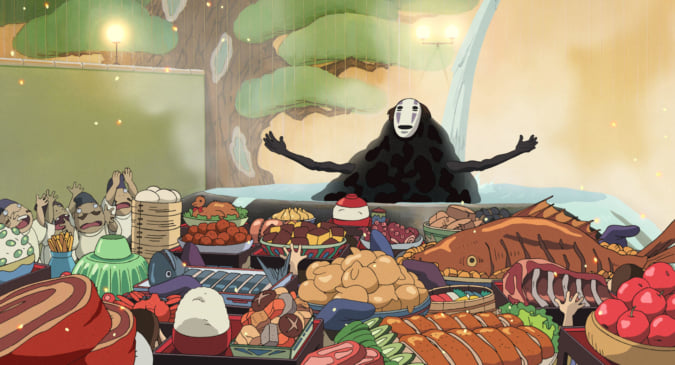‘YUGEN’ at Art Fair Tokyo: Illumination through Obscurity
In this exhibition curated by Tara Londi, eight international artists gave their rendition of the fundamental Japanese aesthetic concept.
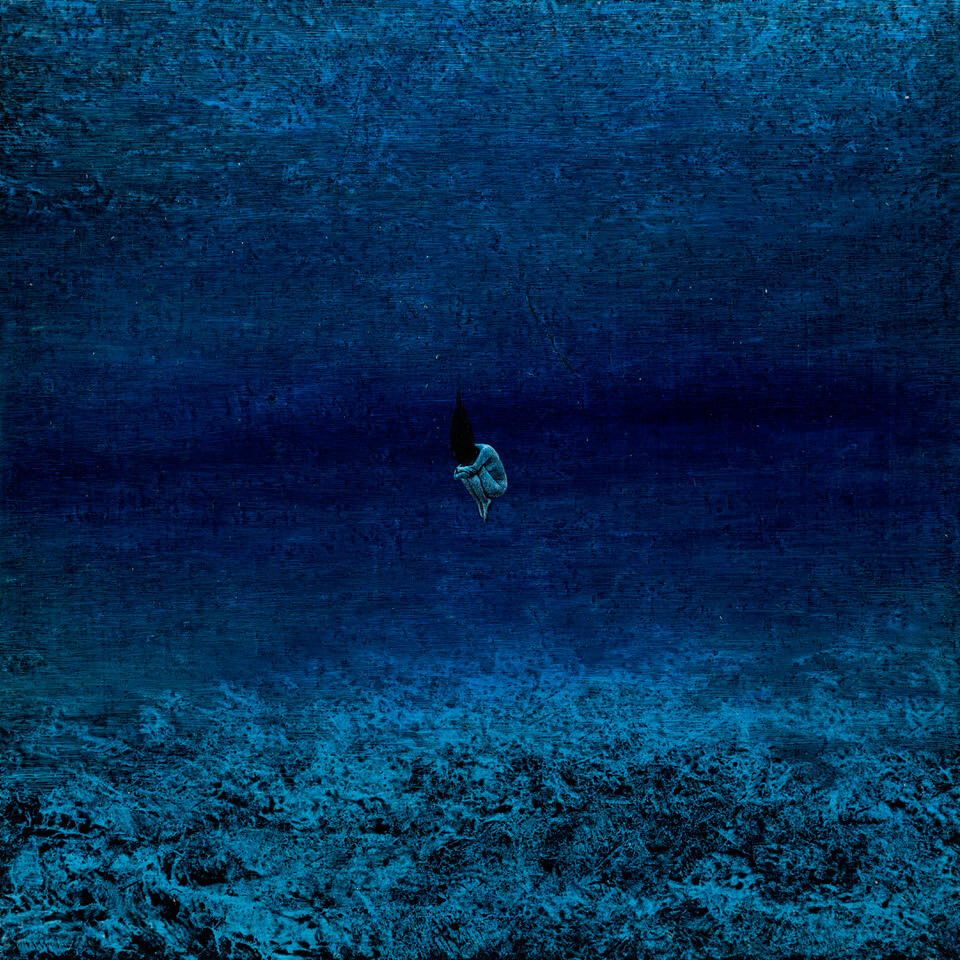
Shiori Eda
‘When looking at autumn mountains through mist, the view may be indistinct yet have great depth. Although few autumn leaves may be visible through the mist, the view is alluring. The limitless vista created in imagination far surpasses anything one can see more clearly.’ Through obscurity, we envision our own light; through the fog, our own landscapes. This explanation (given by Nancy G. Hume, in Japanese Aesthetics and Culture: A Reader) takes us one step closer to understanding yugen, perhaps the most obscure and ineffable concept in Japanese aesthetics.
Presented at Art Fair Tokyo, in March 2024, YUGEN was a special project exhibition curated by independent curator Tara Londi, displaying the works of eight international artists. All their works resonate with the titular concept of yugen, translations of which include ‘mysterious profundity’, ‘quiet beauty’, and ‘the subtle and the profound’. Notably, as indicated by the opening quote, yugen ‘does not… have to do with some other world beyond this one, but rather with the depth of the world we live in’. Thus, these artists all respond to multiple complex ‘worlds’ layered within our own, from the nonhuman to capitalism, tracing their shadows and echoes.
Wordless Languages
The first artwork on display, Cuban-American artist Jose Parla’s Mantra for the Earth (2023), is a monumental painting, rich in texture and depth. Londi, talking through the artworks, explains its multiple influences, of music, the urban decay of the city, and, notably, calligraphy; the looping white and orange lines carry resonances both of Diwani Arabic calligraphy, and of freehand graffiti (Parla is celebrated for his street art murals). This wordless calligraphy ‘transcends our rational capabilities’, Londi says, becoming a purer and more universal form of communication. Against the textured background, these lines become threads, connecting the streets of Miami to an Ottoman court.
This calligraphic aspect, of a stylised alphabet for an unknown language, also appears in the work of French artist Dominique Lacloche. For the last twenty years, she has been working with Gunnera manicata (giant rhubarb) leaves, fragments of which appear cast in bronze and arranged across the gallery wall. Pointing at their serif-like extrusions, the tiny commas of their fronds, Londi explains how Lacloche ‘works in collaboration with the plant… to tackle, to understand this silent language, and somehow go beyond anthropocentric beliefs.’ Seen in the context of this Japan-located art fair, she notes how it recalls the animist aspect of Japanese Shinto: an engagement with the nonhuman which displaces human animals from their position at the centre of the spiritual world.
‘Wonder, but also Fear and Wildness’
The dizzying scale of nature, both in space and time, emerges powerfully in the dreamlike paintings of Japanese artist Shiori Eda. In vast blue landscapes, the tiny figure of a woman travels, on foot, by boat, or simply floating. Their deep tint is the blue both of the ocean and the night sky, inky vistas which conceal as much as they expand limitlessly. These paintings, as Londi says, ‘convey a sense of sublime, which is the sense of wonder, but also fear, and wildness.’ The ‘sublime’ is of course a Western aesthetic concept, of greatness beyond comprehension, yet it can be fruitfully compared to yugen; both speak of boundlessness that enthrals and overwhelms the human viewer, rendered minuscule against the scale of the natural world.
Moving on to the artworks of Japanese-American artist Neil Hamamoto, a similar sense of overwhelming scale emerges, but this time in the all-encompassing machinations of capital, not the enormity of nature. Hamamoto creates his works with bright, everyday price tags, assembling images both abstract and figurative. In Untitled (triptych), as in the writings of Mark Fisher, capitalism takes on the force and inevitability of a natural disaster: blue and white tags, echoing the Great Wave Off Kanagawa, rise like a technicolor beast. This is another, strikingly contemporary application of yugen: economics as a deep and complex force resting under the surface of our world, which art can illuminate.
Still other pieces in the exhibition speak to forces from worlds within our own: the psychopomps of David Noonan’s shadowy paintings, the female mystics who haunt the works of Jesse Jones or the futuristic tarot by Tai Shani. From the realms of the spirit to the silenced voices of women, they run the gauntlet from the transcendental to the socially constrained. Indeed, Romana Londi’s photochromatic paintings destabilise sight itself, treating the human senses as one more area of potential multiplicity. Yet all can still be seen as harnessing the complex power of yugen: paradoxically using obscurity to illuminate the depths of the world we inhabit.
YUGEN (2024), an exhibition curated by Tara Londi. More information can be found on the YUGEN Project website.
Video of Romana Londi’s artwork.

Jose Parla, ‘Mantra for the Earth’ (2023).
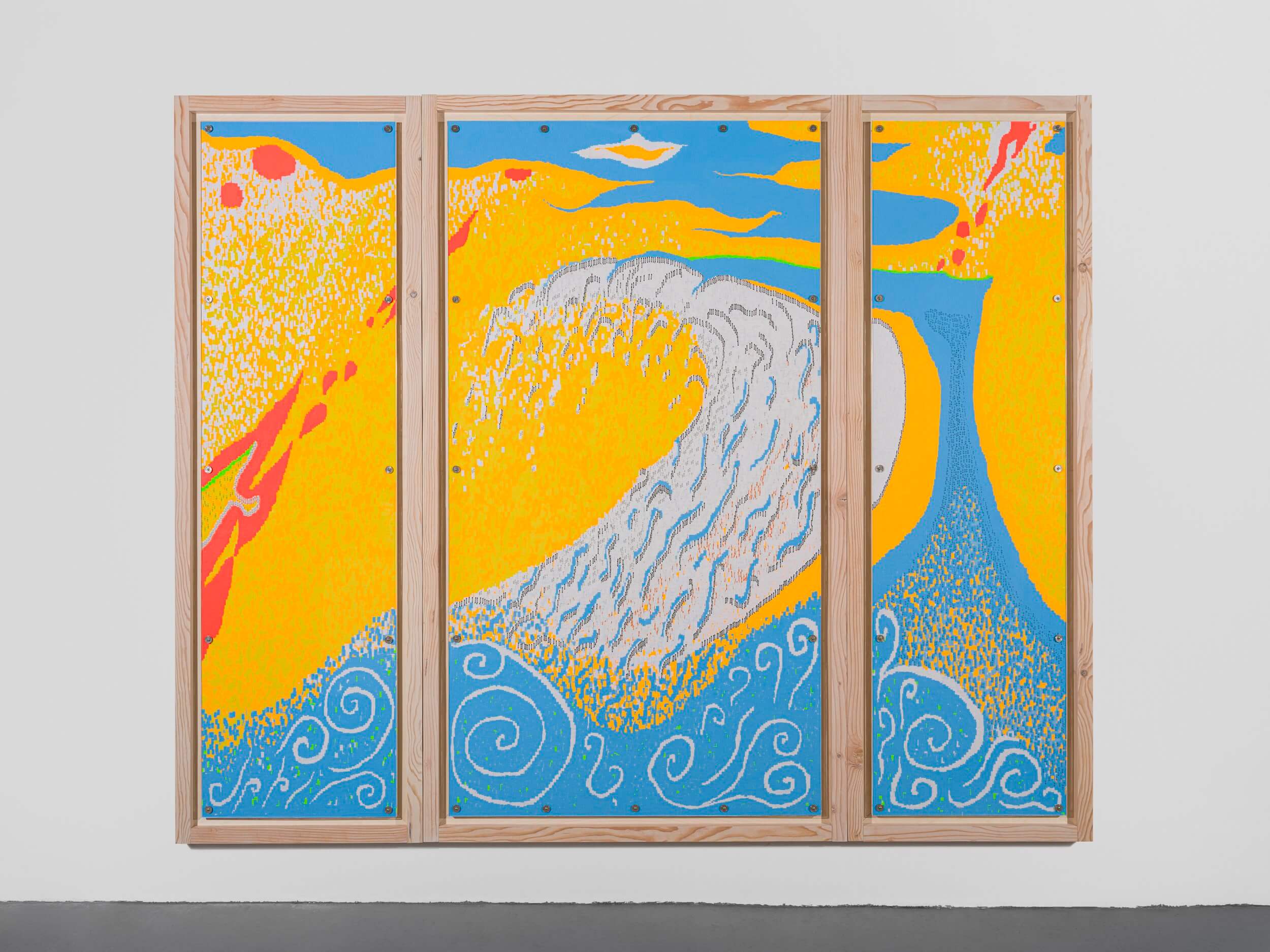
Neil Hamamoto.

David Noonan.

Neil Hamamoto, ‘Untitled (triptych)’.
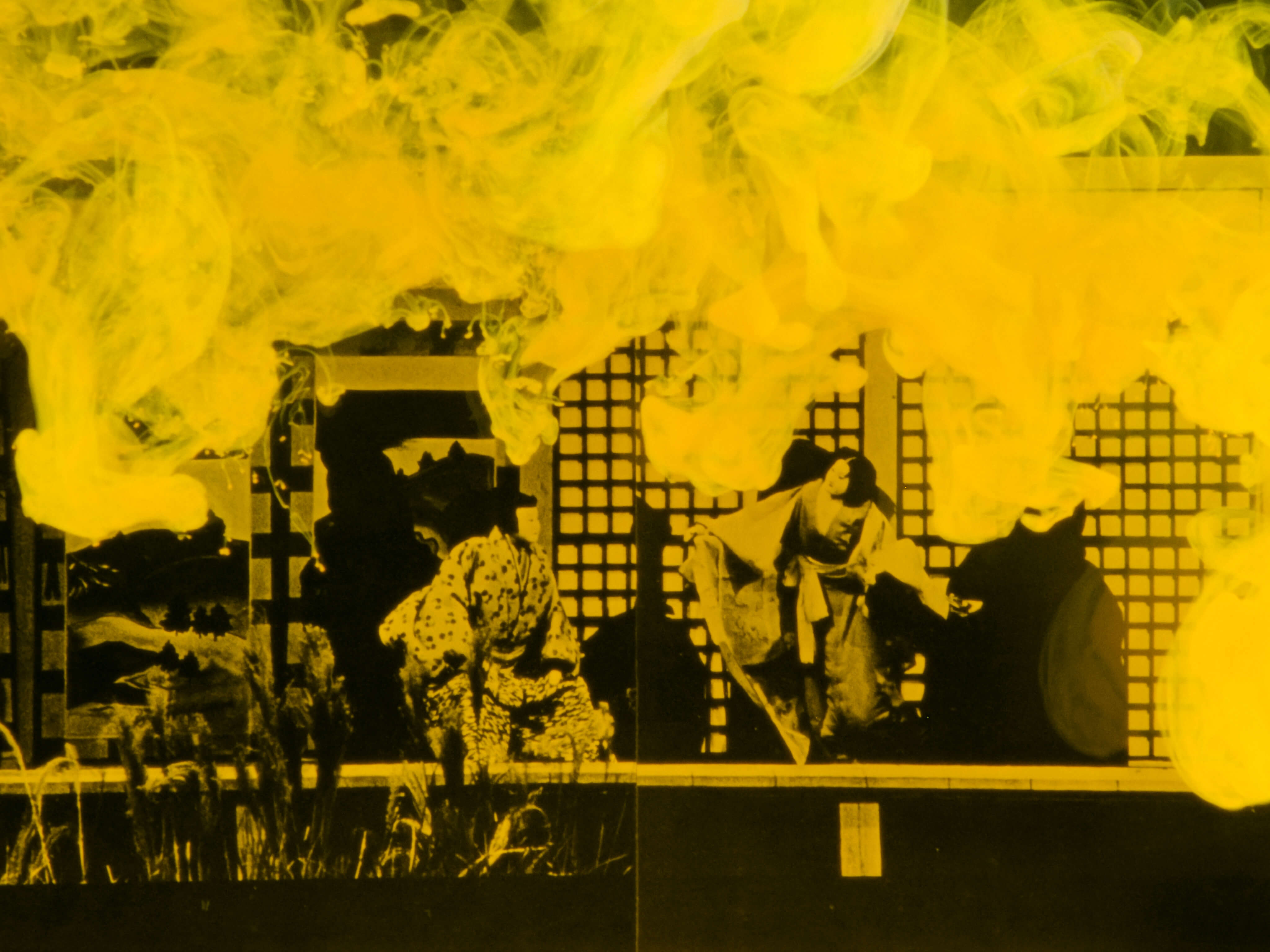
David Noonan.
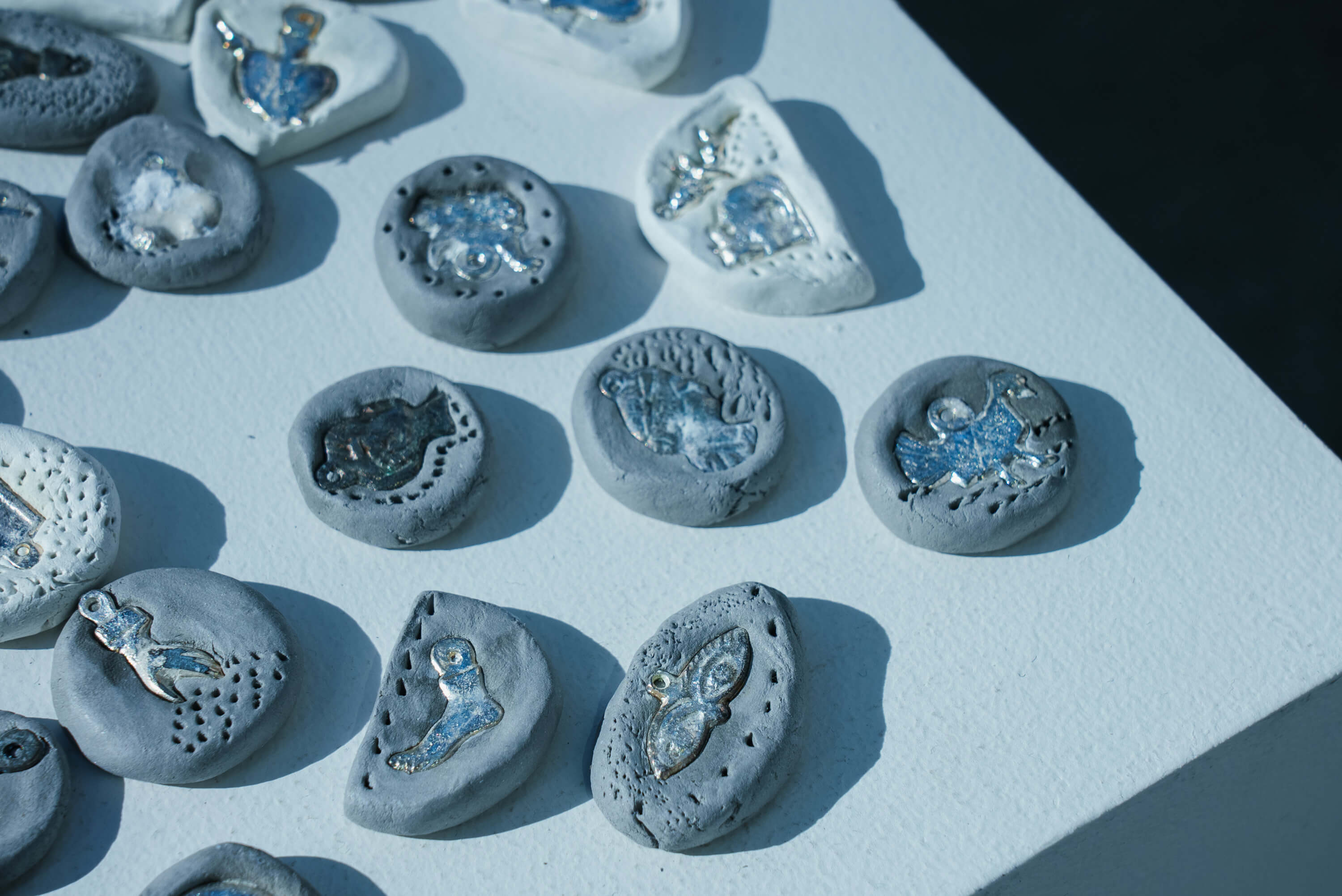
Jesse Jones.
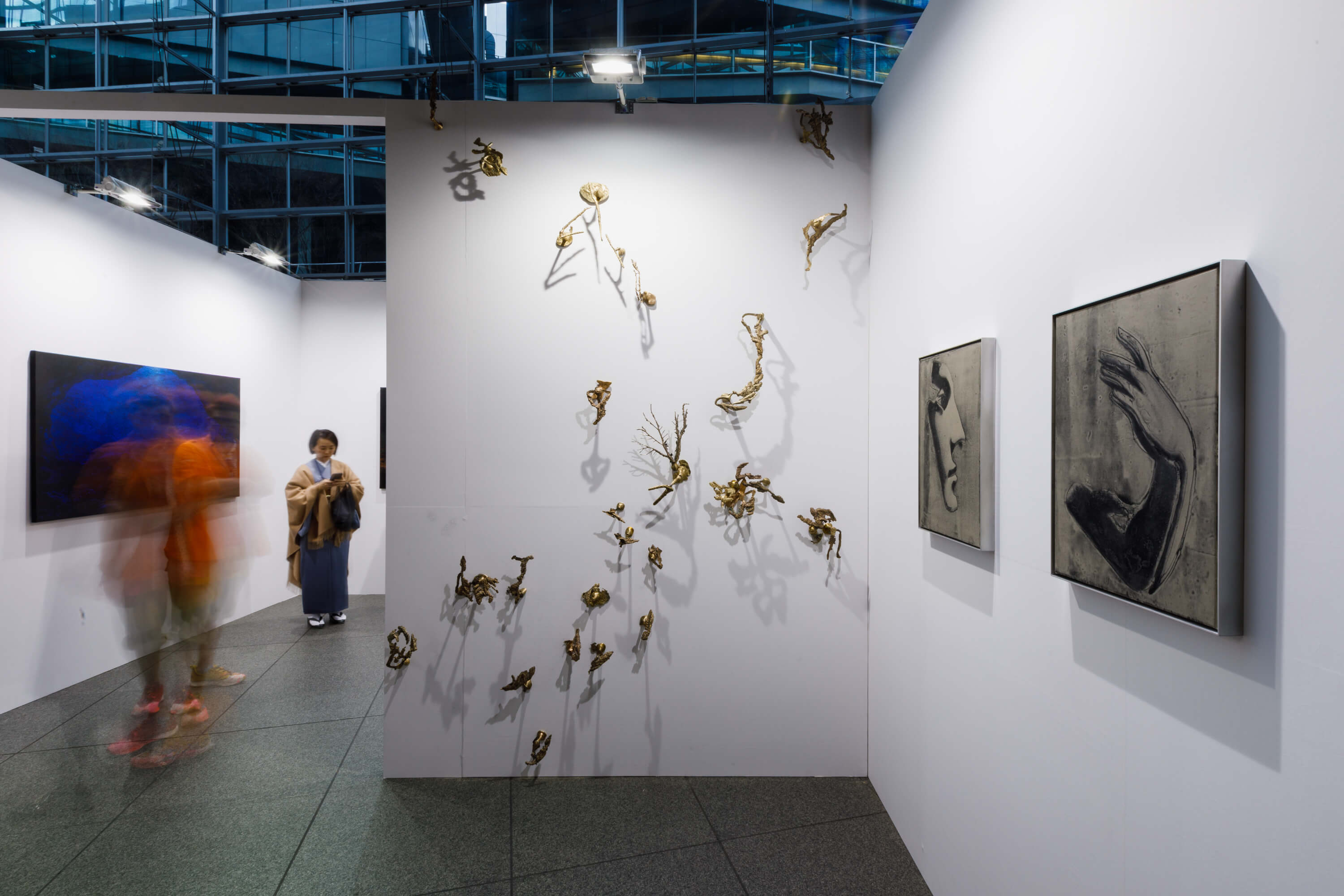
Dominique Lacloche.
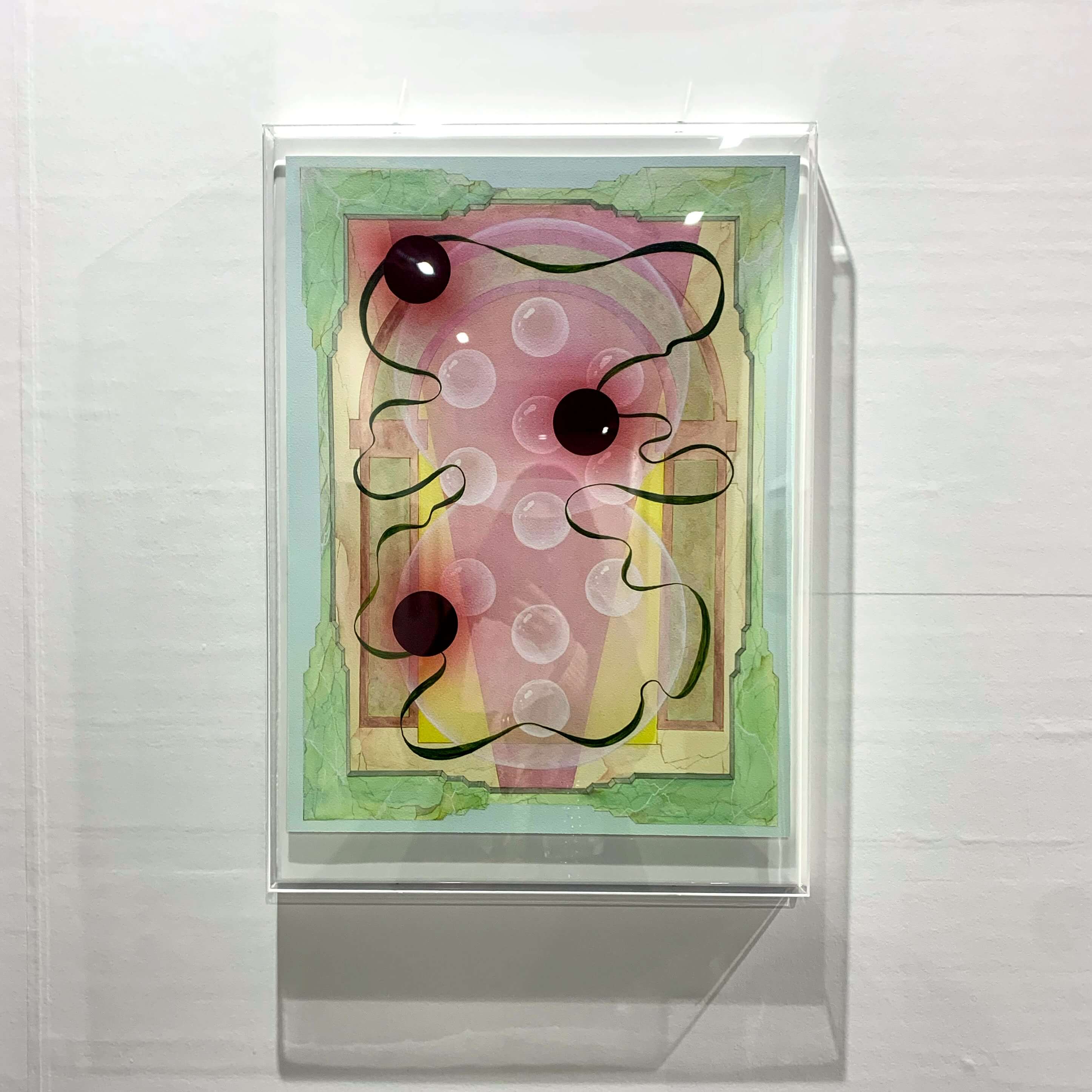
Tai Shani.

Romana Londi and Neil Hamamoto.
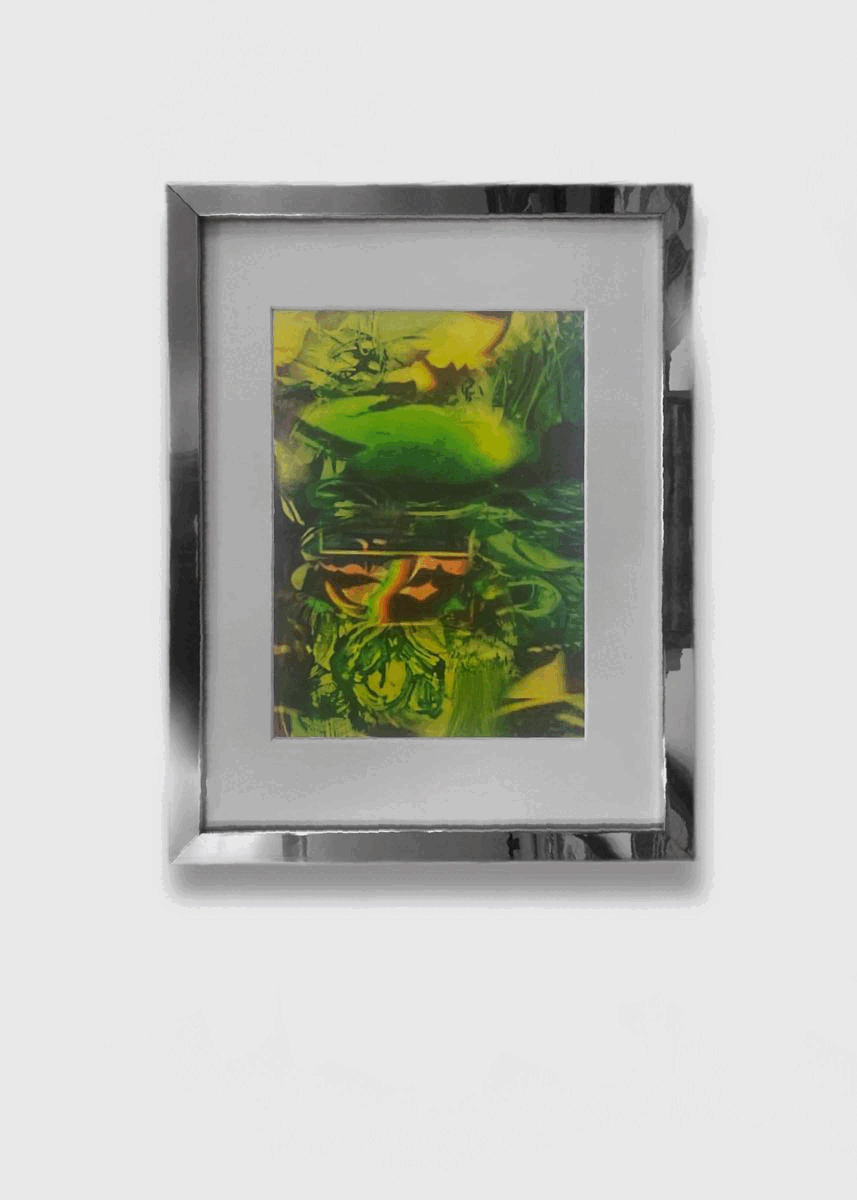
Romana Londi.
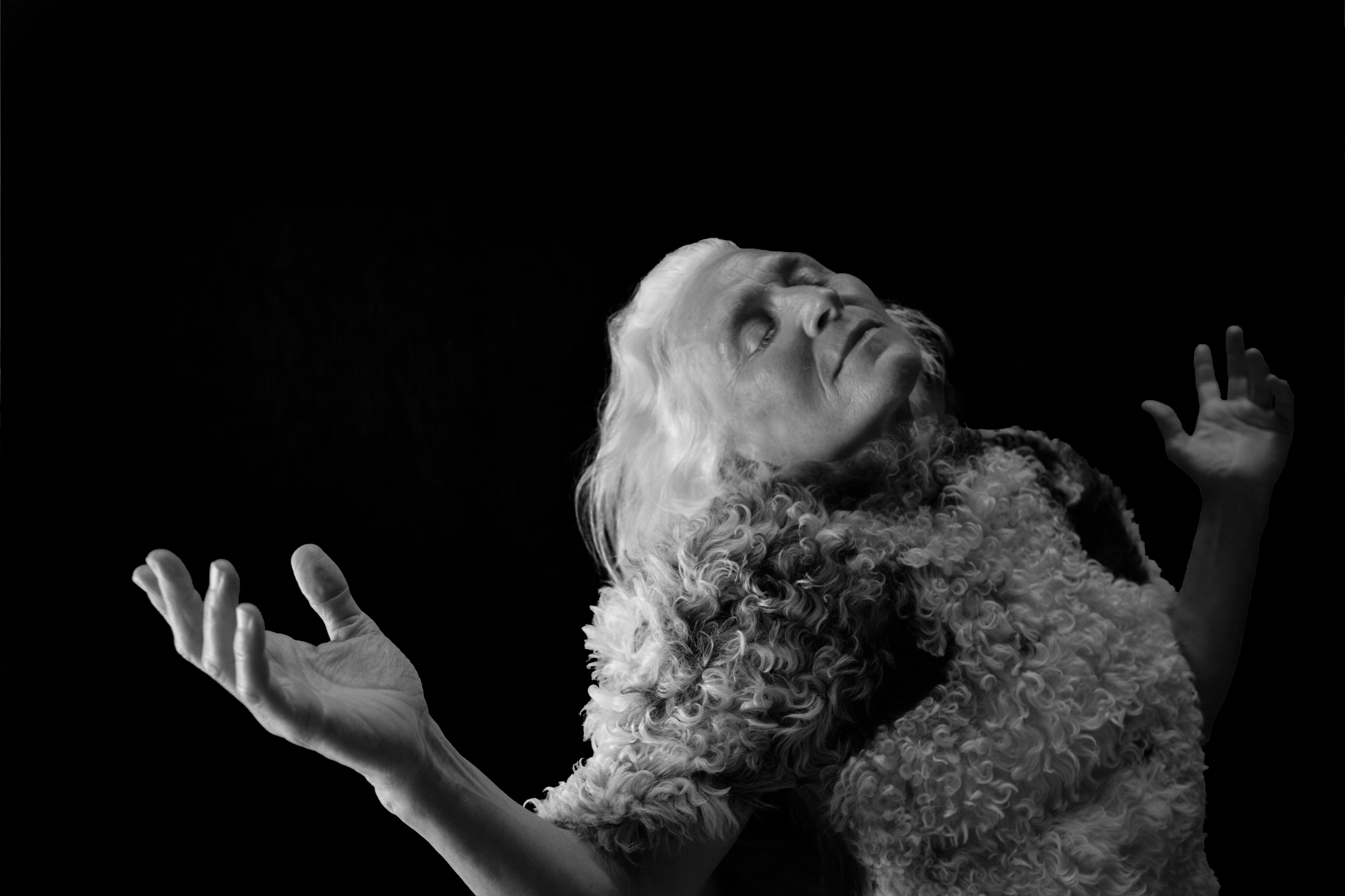
Jesse Jones.

Jose Parla, ‘Mantra for the Earth’ (2023).
TRENDING
-
The Tattoos that Marked the Criminals of the Edo Period
Traditional tattoos were strong signifiers; murderers had head tattoos, while theft might result in an arm tattoo.

-
The Story of Sada Yacco, the Geisha who Bewitched Europe
Described by Dazed magazine as the first beauty influencer, she has been restored to her former glory since 2019.

-
Ito Jakuchu's Naturalist Paintings
From 15 September until 14 October 2018, the Petit Palais showcased the artist's iconic ‘Images of the Colourful Realm of Living Beings’.

-
Chiharu Shiota, Red Threads of the Soul
Last year, more than 660,000 people visited the retrospective 'Chiharu Shiota: The Soul Trembles' exhibit at the Mori Art Museum.

-
Studio Ghibli's Delicious Dishes Are More Than Just Details
Food, often inspired by the directors' favourite recipes, is a crucial element in the plot of these animated films.





